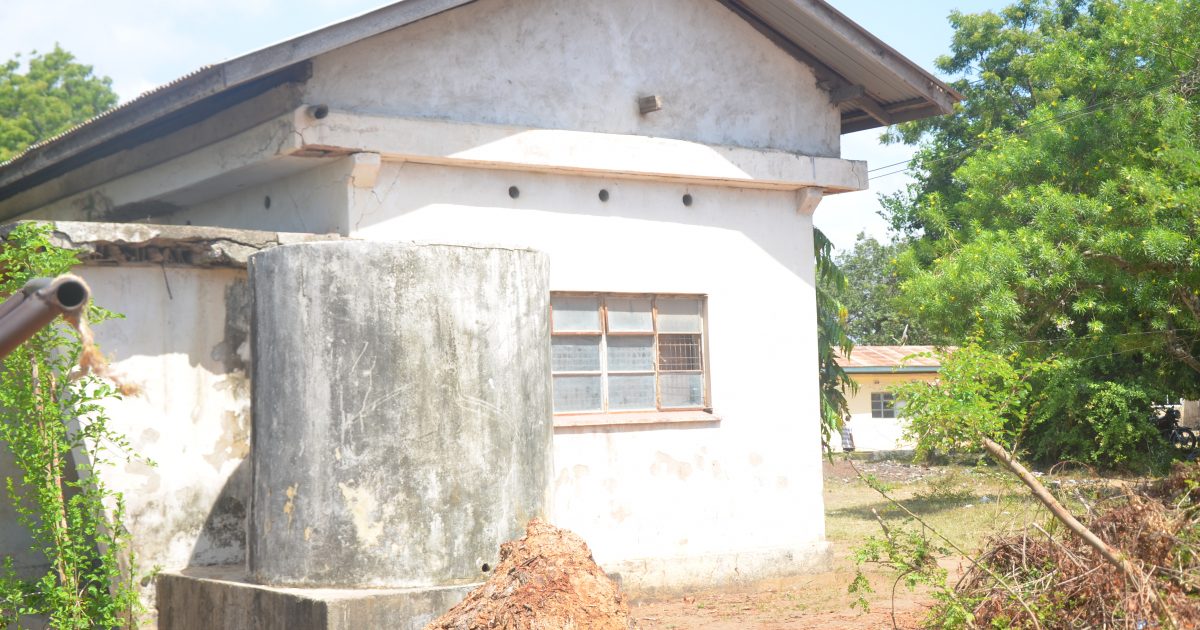Kilifi County plans to redevelop existing dilapidated national government estates in urban areas to cater for state’s affordable housing agenda since the county has no free land for the purpose.
Kilifi county housing officer Andrew Mwasya said though the county government lacks land in urban centres for the project, a committee has been identifying old government housing estates that are either semi-used or no longer in use for redevelopment. He said at least three acres of land have been recommended to be the minimum space for the housing units to be undertaken by the Kenyan real estate private sector.
Speaking to KNA in his office, Mwasya said there is an abandoned dilapidated ministry of agriculture housing estate covering five acres at Mariakani next to the police station along the Mombasa-Nairobi highway which the committee has identified for redevelopment.
In Malindi, his committee recommended the redevelopment of old single roomed government houses next to Sir Ali bin Salim primary school which covers 4 acre space of land.
“We have identified other areas where old government quarters exist in Kilifi town opposite KIMAWASCO Water Company and others at the entrance to Kilifi County hospital covering three acres each. Meanwhile we are still soliciting for open land in Mtwapa and Ganze for the same,” he said.
Mwasya revealed that Kilifi County with a rapidly growing population of 1.4 million people has about half of its people in the middle class who will benefit with the housing project once completed, noting that the housing units will be categorized from 3-bedrooms to be sold at sh.3 million, 2-bedrooms at sh.2 million and 1 bedroom at sh.1 million.
He said the government in partnership with the private sector aims at improving livelihoods of Kenyans through facilitation of access to adequate housing in sustainable human settlements.
By Harrison Yeri
Lack of land in urban areas could lead to redevelopment of existing estates in Kilifi





